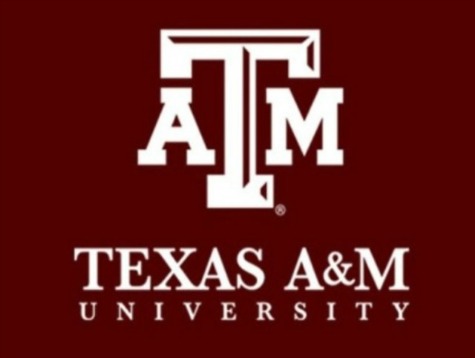The price tag on a college education in the Lone Star state is about to go up on all eleven Texas A&M campuses. Next fall, freshmen will feel the tuition hike the most.
In January, the Board of Regents voted to raise fees for the first time since 2009 at its flagship College Station campus and the branch campus in Galveston. Then on May 1, they voted again to raise rates across the system’s other campuses, according to the Beaumont Enterprise, which also reported that the higher registration fees will affect all 131,000 of the system’s students.
The Beaumont article highlighted the impact that incoming freshmen will experience, with the highest jump of six percent at most campuses – while seniors, for instance, will see tuition rise only about two percent at most campuses.
Freshmen at Texas A&M in College Station taking 12 or more credit hours this fall will pay $4,813 a semester, $245 more per semester than this year’s freshmen. At Prairie View, this fall’s freshman class will pay $250 more per semester. Fifteen credit hours there will cost $4,689, the article stated.
The saving grace is that this higher tuition will lock in at the new rate and stay in effect for at least four years. This is because of a requirement that the Legislature put in place to prevent fluctuating college tuition. A&M officials said that even with the rate spike, the universities in the system are still affordable.
“Texas A&M is only surpassed by a few schools nationally as a best value for a national public university,” A&M system spokesman Steven Moore said.
The Regents also approved a $3.8 billion budget that will guarantee the fixed tuition and fees for students, the Associated Press (AP) reported.
The University of Texas (UT) system looked like it was about to follow suit. Its Regents had been considering a rate hike at all nine campuses over the next two years, AP reported.
However on May 3, the Board of Regents instead elected to freeze in-state tuition at UT-Austin over the next two years, although that’s not applicable to everyone. Non-residents and graduate students will see a tuition rise 2.1 percent, according to the Texas Tribune.
“Most students in the University of Texas System will also pay more for school in the next two years after UT System regents today approved all requests, except UT-Austin’s, to raise tuition,” the outlet reported, citing that at other UT campuses, students will feel a two to four percent increase over the next two years.
Bill Powers, President of UT-Austin, was disappointed by the Regents’ decision. He had favored an average of 2.6 percent tuition increase for resident undergraduates and a 3.6 percent spike for nonresident and graduate students, which would have brought in an additional $25.7 million, according to the Times of Texas, American Daily Standard.
Rising college costs have become a major concern not only in Texas but nationwide. Last year, Thomas Lindsay who heads up the Center for Higher Education at the Texas Public Policy Foundation pointed out that the great American tuition spike has come, in part, through a combination of declining state funding and inflation.
Recently, the Daily Caller cited an American Action Forum report attributing the rising tuition costs to the level of regulatory paper mandated by the U.S. Department of Education (DOE). They stated this may be “one of the leading causes behind the past decade’s tuition hikes.” The article also stated that the Education Department “creates 85 million hours of paperwork dealing with 465 federal education forms — including 120 forms related to postsecondary education,” of which the bulk is paperwork that comes from financial aid applications.
That paperwork comes from programs like the Free Application for Federal Student Aid (FAFSA). The article stated that “various forms affiliated with FAFSA accumulate into an annual 26.1 million burden hours – 31 percent of the Department of Education’s total.”
All this translates into paid public employee workload hours, jettisoning college tuition into a whole new price point. It’s also happening, in part, because the Obama administration took over the college loan business in 2010. Today, the DOE is the university loan department.
As Breitbart Texas reported, First Lady Michelle Obama hit the road with her Reach Higher initiative that is the companion campaign to the president’s college-for-all by 2020 North Star initiative. The goal is for the United States to have the highest proportion of college graduates in the world. No doubt, Fed Led Ed has a vested interest in the college industry. Question is, at what cost?
Follow Merrill Hope on Twitter @OutOfTheBoxMom.

COMMENTS
Please let us know if you're having issues with commenting.